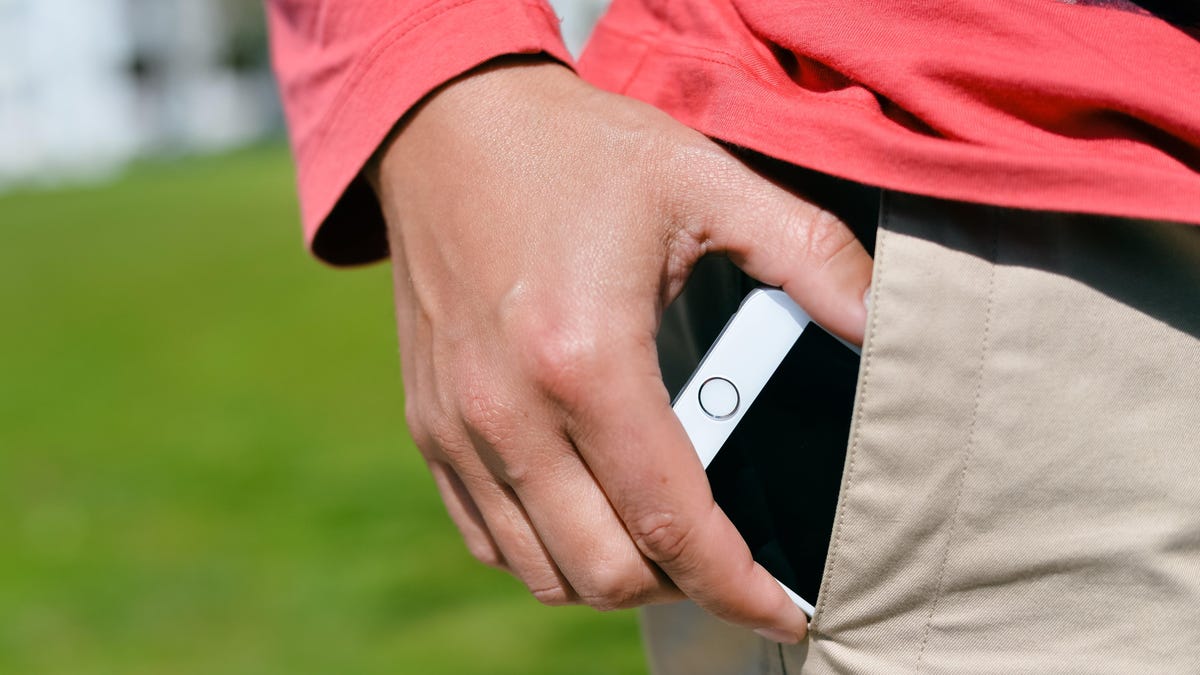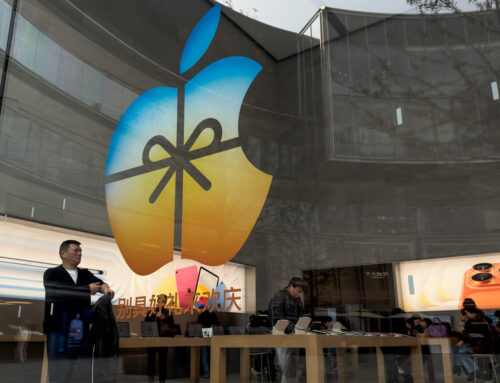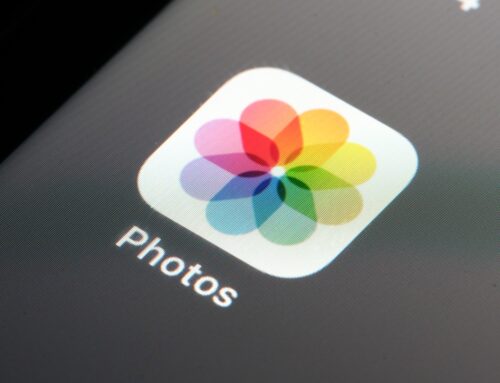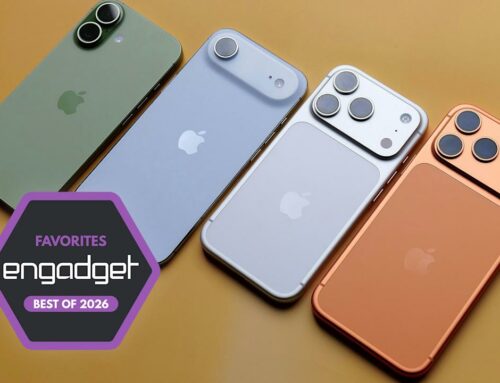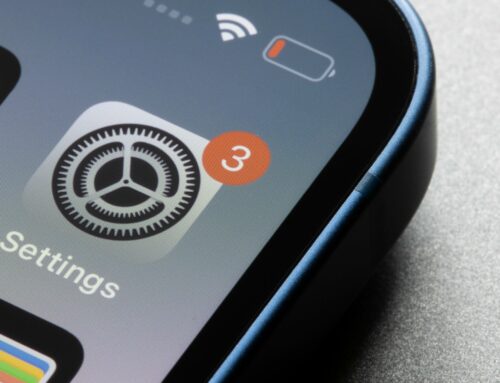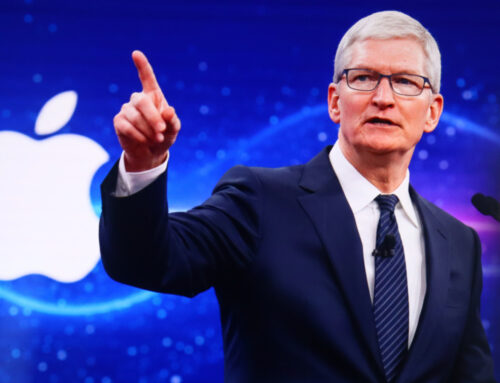
My iPhone’s display is a mess. Some of that mess makes sense: I expect nicks and scratches on my screen when my iPhone, say, falls out of my pocket onto cement. However, many of these scratches have mysteriously accumulated over time, through no misuse of my own. Under direct sunlight, it’s a massacre. If your iPhone is looking about the same, it might get you wondering why newer iPhones are so easily scratched up.
As long as there have been smartphones, the threat of micro-scratches has existed. Most phones use glass for their displays (many for the backs, as well), and glass scratches. How easily that glass scratches is determined by its hardness: Most glass used for smartphone displays scratches at a level 6 on the Mohs scale of hardness, which means it will only be scratched by materials that are level 6 or higher.
That’s why you can put your phone in your pocket and not immediately see 1,000 nicks and scratches from all the hidden dust and debris: It takes some specific materials to leave a mark on your iPhone. Still, they’re out there: Sand, for example, isn’t kind to your display, so there’s always a risk of scratching when you aren’t expecting it.
But for a seemingly large portion of the tech community (myself included), our iPhones are scratching up a lot more frequently these days. I have an iPhone 12 and an iPhone 12 Pro Max, and both phones have their own array of scrapes. Some customers even notice scratches almost as soon as they take their new devices out of the box. It doesn’t seem likely that there are more level 6 or harder materials floating around out than there used to be, so what’s going on instead?

Does tougher glass really mean tougher glass?
Since the iPhone 12, Apple has employed a glass technology called “Ceramic Shield.” While the term sounds fancy, it’s really a bit of a marketing spin, since the iPhone’s new glass comes from the same company that makes most smartphone glass displays, Corning.
That said, it is an impressive technology: Ceramic Sheild adds nano-ceramic crystals into the glass in order to improve durability. Apple claims Ceramic Shield “is tougher than any smartphone glass,” and while there might not be a good standard to confirm that claim, the latest iPhones are more protected against drops than previous iterations.
Ceramic Shield means your iPhone is less likely to shatter upon impact when you drop it, which is a good thing. However, shatter resistance isn’t the same thing as scratch resistance, even if the two sound linked. After all, if Ceramic Shield glass is so tough, wouldn’t it hold up against scratches like it holds up against drops?
In fact, the reverse is apparently true. Creating a glass that resists shattering often means making it more susceptible to scratches. That’s how Marques Brownlee (MKBHD) explains things in his review of the iPhone 12: After normal use, his review unit quickly picked up a couple of ugly marks on the display, falling in line with many of our lived experiences.
Brownlee points to the inverse relationship the two properties have: Glass that is more shatter-resistant is softer, making it more susceptible to scratches, while glass that is harder won’t scratch as easily, but that tension makes it likelier to shatter on impact. “Ceramic Shield is softer, and, therefore, more scratch-prone,” is a claim you’ll see all over the internet.
It can be difficult, however, to find solid data supporting that claim for smartphone glass. One of the best durability reviewers on YouTube, JerryRigEverything, comments on how the iPhone 12 Pro still scratches at a level 6 on the Mohs scale, with “deeper grooves at a level 7,” which places it in line with most other smartphones without Ceramic Shield. That said, he doesn’t confirm the new iPhones are less scratch-resistant than before. In contrast, he reported fainter scratches on the iPhone 13 Pro, which could indicate a scratch resistance improvement.
The anecdotal evidence in support of recent iPhones’ scratch susceptibility, however, is staggering. A Google search reveals complaint upon complaint concerning the surprising scratches on Ceramic Shield iPhones. At the top of my search was an Apple thread from 2020 on the iPhone 12, and a Reddit thread about the iPhone 13, but there are plenty of other results to sift through. While you’ll see some users proud to report no scratches on their device, many report the opposite. Some chose to opt for a screen protector on day one to avoid scratches at all.
If it is true, and there is a trade-off between scratch-resistant and shatter-resistant glass, you’d probably rather your iPhone be the latter. Scratches are annoying, sure, but cracked and shattered glass is worse. A scratched screen is still perfectly usable, while a cracked one can require a pricy swap-out. Even if it’s usable, it can be dangerous: I’ve cut myself on a cracked iPhone display before. Not fun.
The good news is there is a simple, long-standing workaround here: Screen protectors! These thin layers of glass or plastic (but preferably glass) can help protect your iPhone’s displays from both scratches and cracks, which keep them aesthetically pleasing and holds up their resale value. Not everyone likes the look of a screen protector, but you might prefer it to the Jackson Pollock of scratches your display will soon become.
Even if it’s too late for your screen, you should still consider a protector. While it won’t retroactively take away your scratches, a screen protector can help hide the scratches that are there. I’ve been considering one for my 12 Pro Max for that very reason: The display will never be worth its original value, but at least a screen protector could hide some of these odd patterns.

